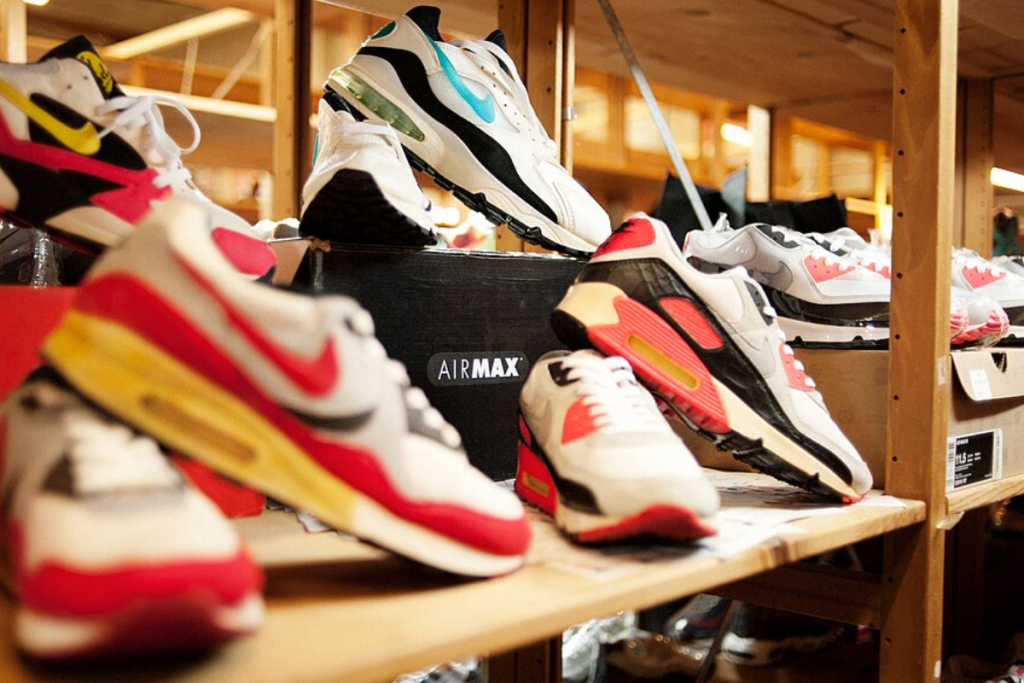Facing a sharp rise in U.S. tariffs on Chinese imports, Nike is reshaping its global sourcing model, not by cutting costs alone, but by rebuilding how and where products are made. Its approach offers a roadmap for supply chains under pressure from rising geopolitical and trade risks.
Reducing Exposure Without Losing Capability
Nike expects new tariffs on Chinese-made footwear to add $1 billion in additional costs. Instead of passing that burden straight to customers or taking a margin hit, the company is acting quickly to reduce the share of U.S.-bound product made in China, from 16% to the high single digits by the end of next year.
This is not a full exit from China. Instead, Nike is redistributing where specific orders are produced, keeping China in its global mix but moving U.S.-targeted production to other countries. The shift is being closely coordinated with suppliers and retail partners to avoid disruption. It’s a clear sign that Nike is managing its supplier base more like a portfolio—reallocating based on risk and policy shifts, not just cost.
To balance pricing, Nike is also rolling out selective increases in the U.S., timed with new product launches and seasonal resets. By targeting specific items rather than applying broad hikes, the company aims to protect consumer demand while absorbing some of the added cost. That precision-based pricing also signals a coordinated demand planning effort across product, region, and channel.
Nike appears to be using key product lifecycle moments, such as launches or renewals, to introduce price changes in ways that protect velocity. This approach reflects a more surgical elasticity model, where pricing, sell-through, and consumer sentiment are jointly forecasted rather than siloed.
From Sourcing Shift to Structural Change
What makes Nike’s approach different is how it blends operational speed with long-term positioning. The company isn’t just reacting to tariffs, it’s using this moment to reshape how it thinks about supplier allocation and resilience. Rather than wait for disruption, it’s proactively building in more flexibility across its sourcing model.
This includes tighter alignment between sourcing, planning, and commercial teams. It also shows a move away from pure cost optimization toward a more balanced strategy that factors in geopolitical risk, lead times, and partner reliability. What’s notable is that Nike isn’t just hedging against tariffs, it’s codifying a new sourcing logic that treats geopolitical fluidity as a persistent design input. This goes beyond resilience; it’s a redefinition of agility at the sourcing governance level.
Rethinking Scale as a Fixed Advantage
Nike’s response to the latest tariff shock shows what next-generation sourcing strategy looks like under persistent macro volatility. It’s less about reactive cost-cutting, and more about building systemic responsiveness. But agility has its cost. Nike’s ability to execute this level of reallocation hinges on decades of supplier development, volume leverage, and internal alignment, advantages not shared by many mid-tier brands.
While the industry applauds Nike’s pivot, smaller players may find themselves stuck between immovable tooling investments and rigid supplier dependencies. In this light, “optionality” becomes less about geography and more about governance: how procurement structures contracts, how finance frames investment in backup capacity, and how operations builds optional volume without excess. For those without Nike’s scale, it may be time to design sourcing strategies that aren’t just agile, but proportionate.







